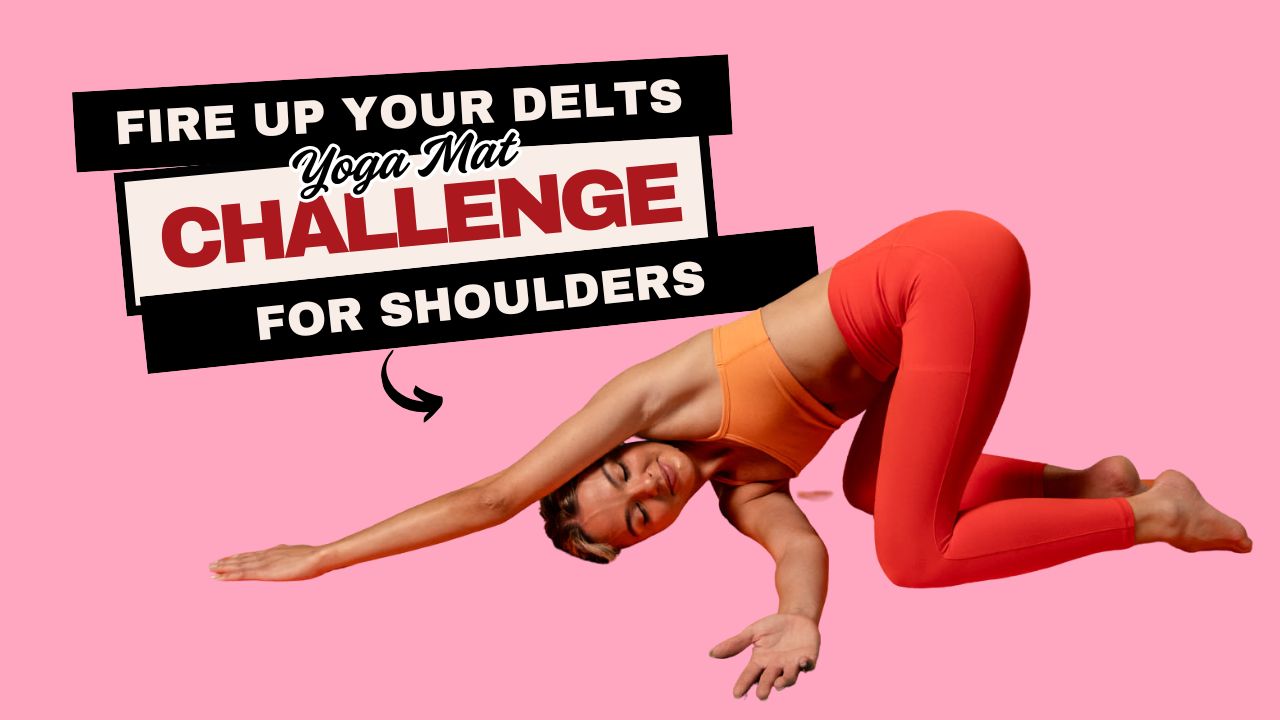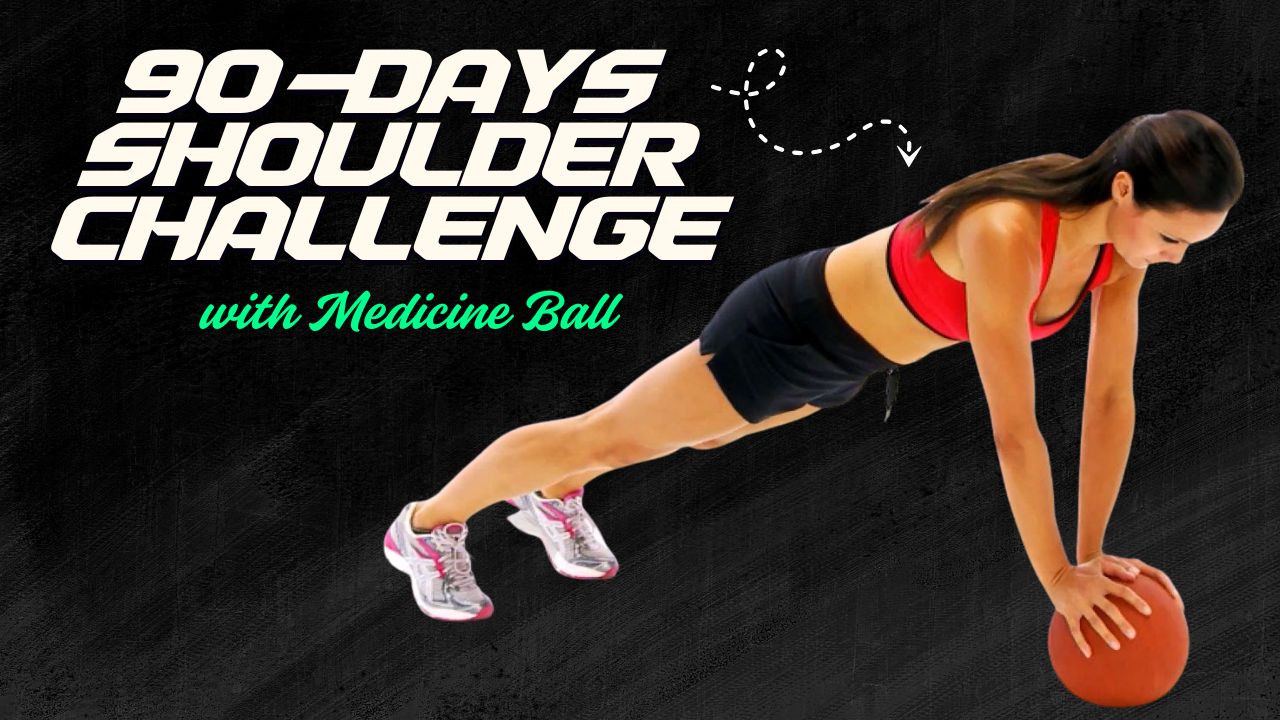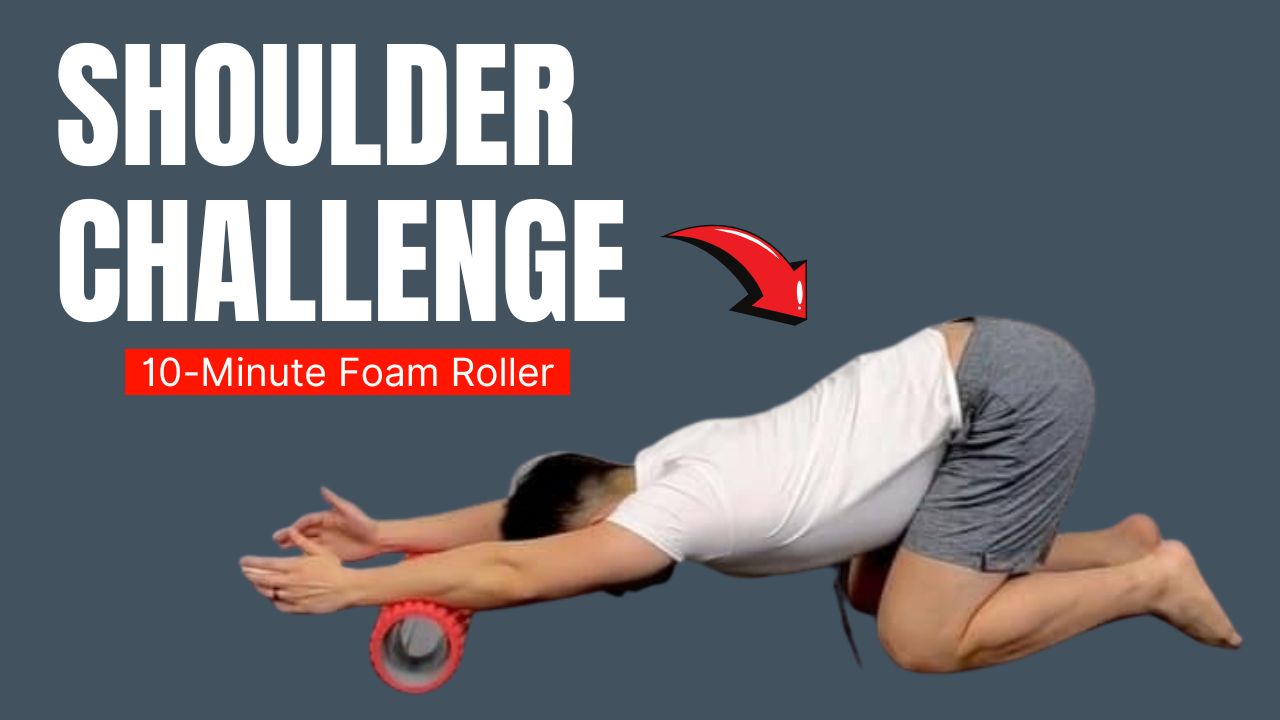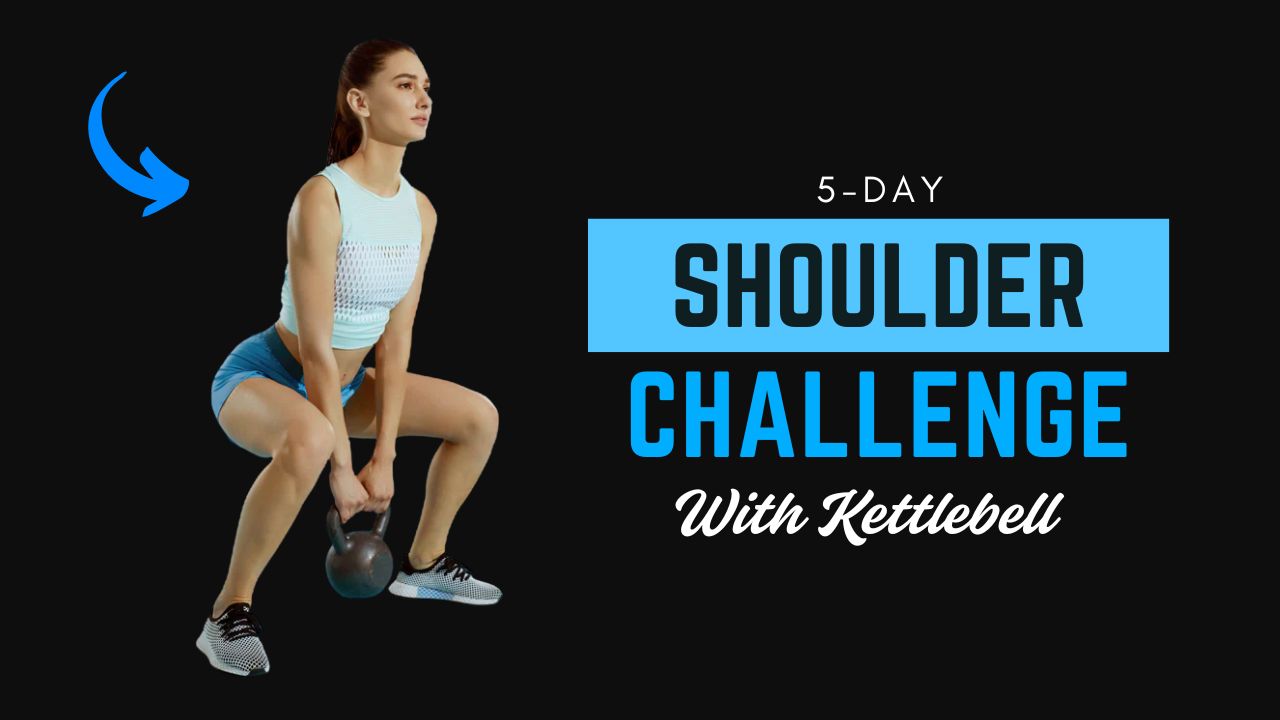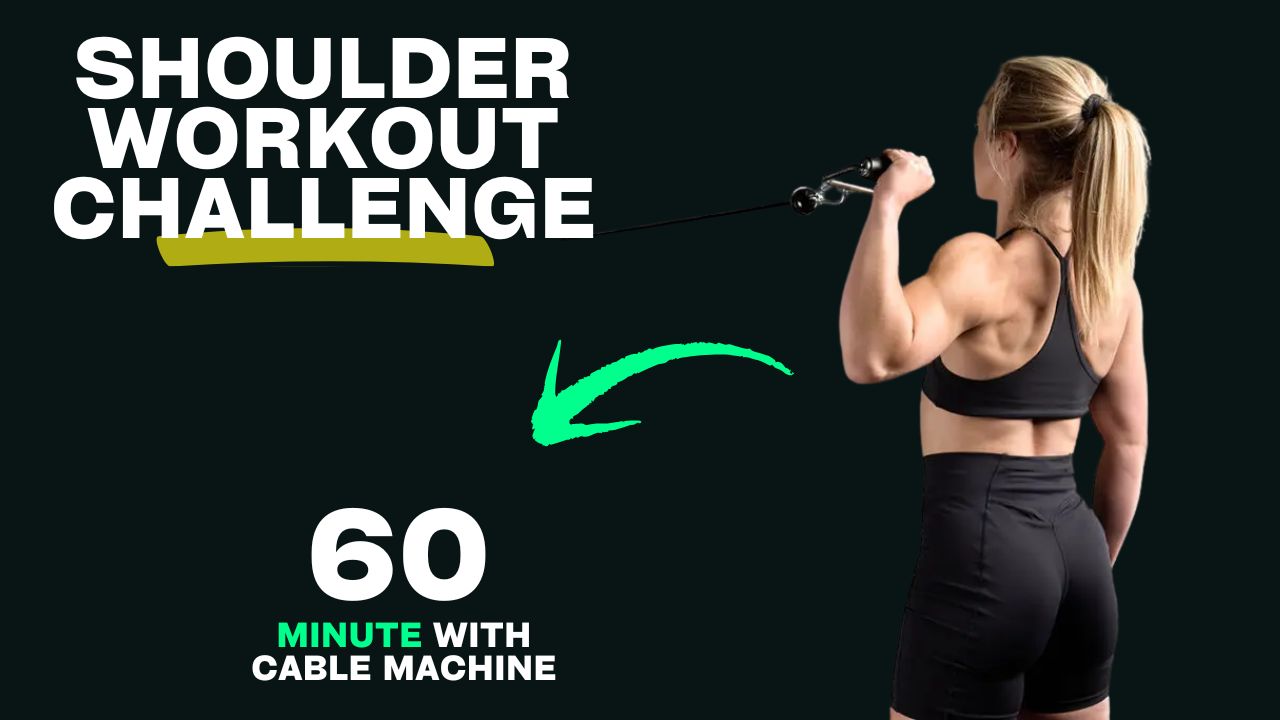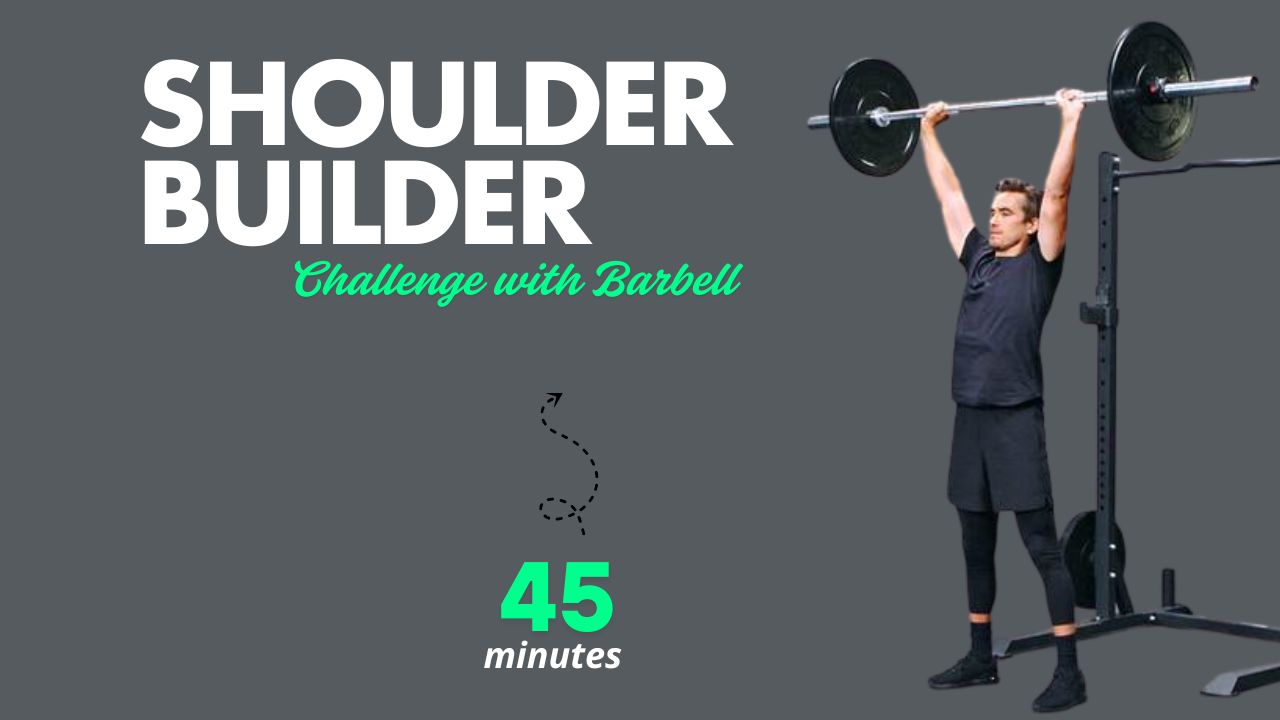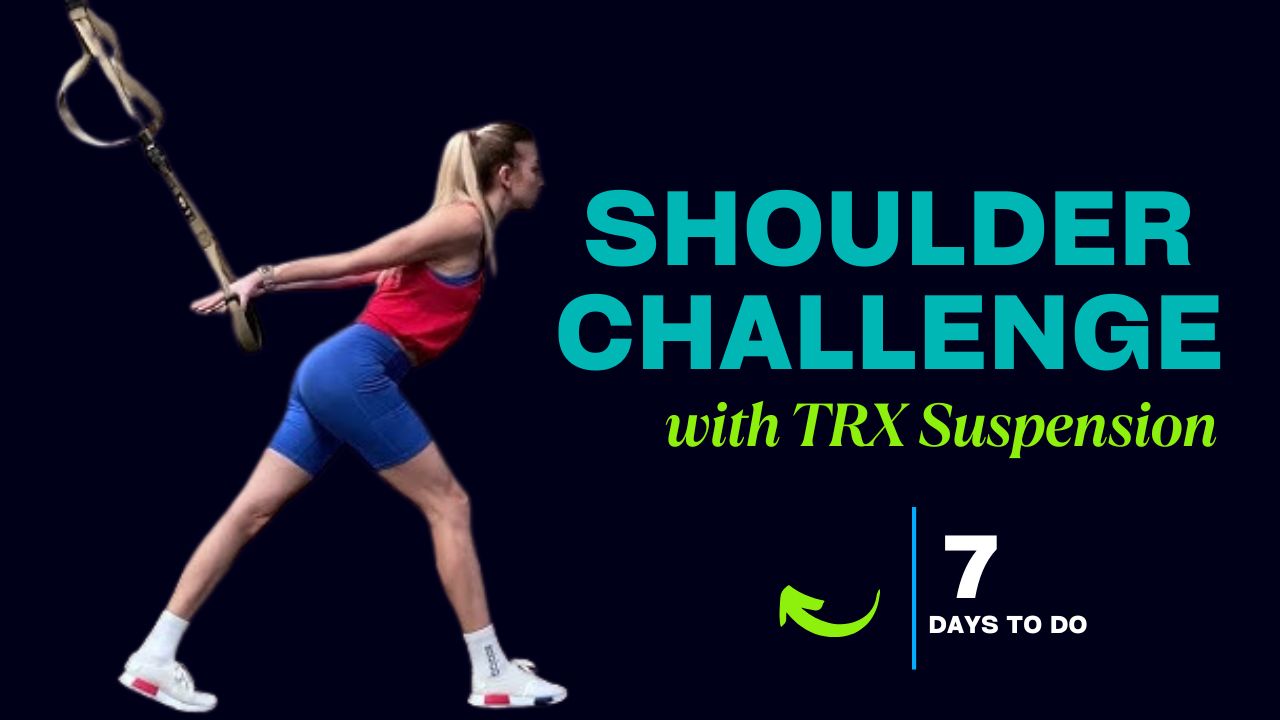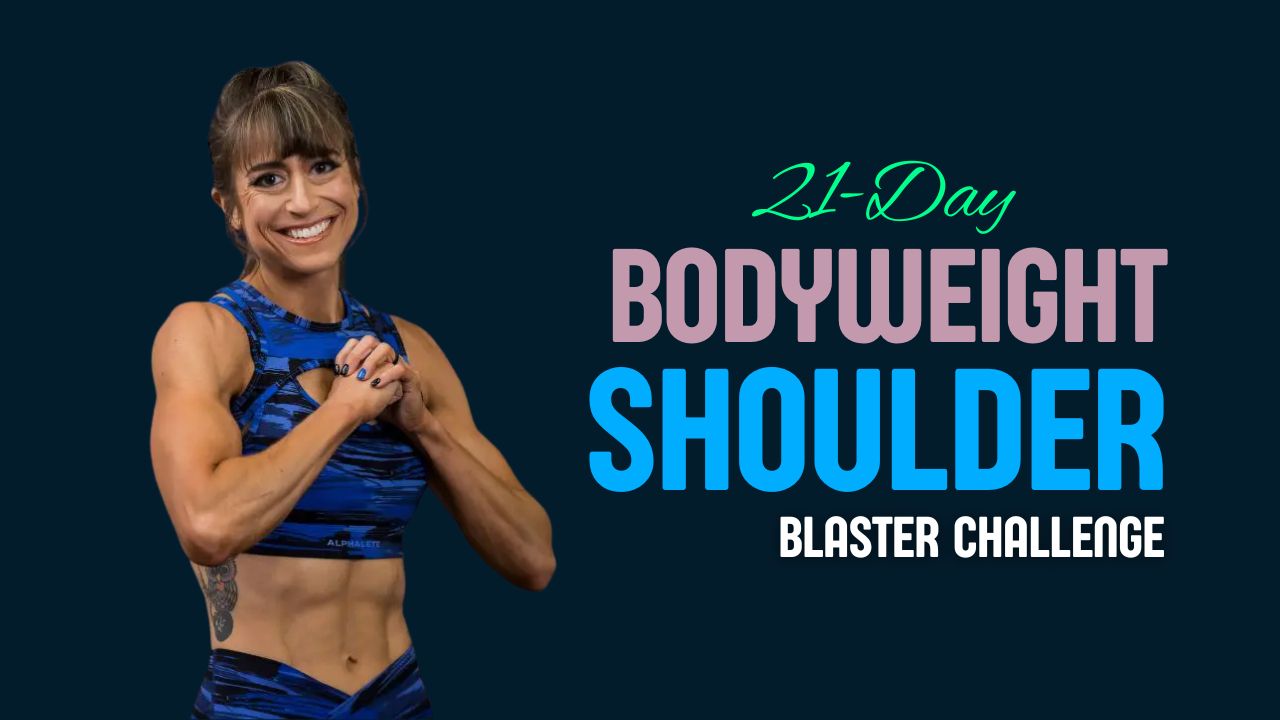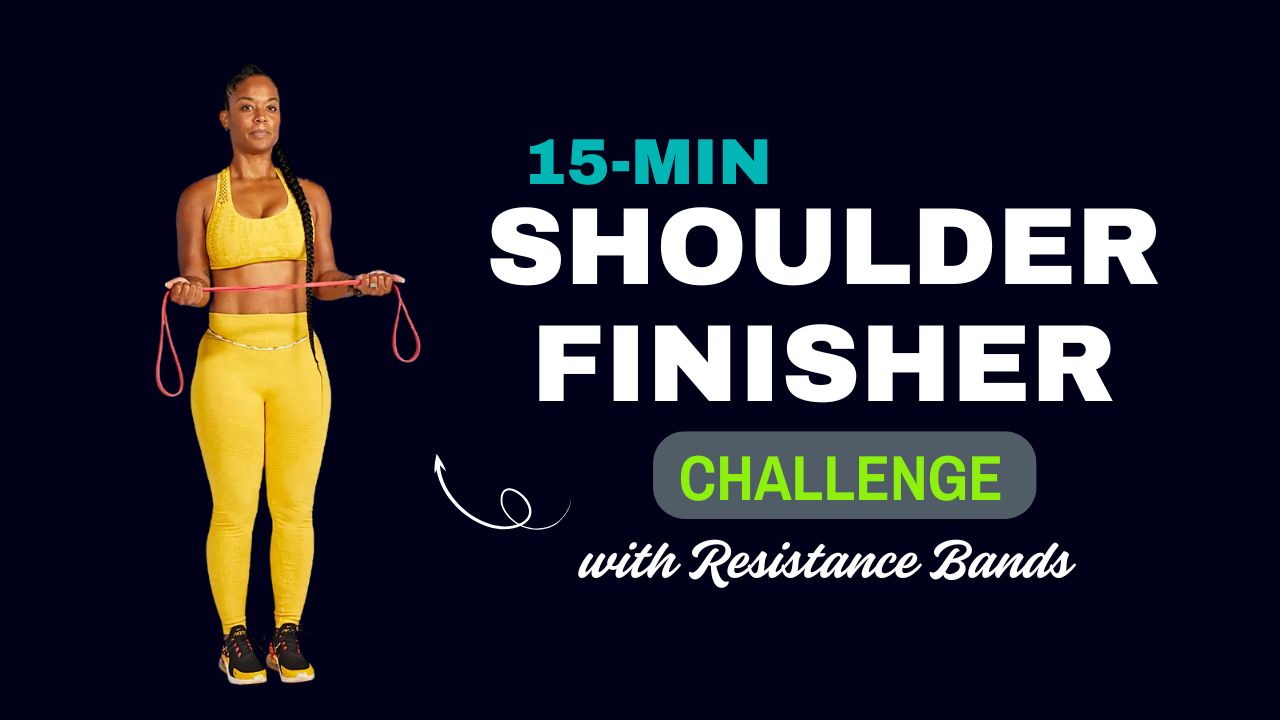Want to carve out abs of steel? A kettlebell might just be your ultimate shortcut.
Forget endless crunches that leave your neck sore and your abs underworked. If you’re serious about sculpting a powerful core and revealing definition, it’s time to swing into kettlebell training.
These cannonball-shaped tools do more than build brute strength—they unlock rotational power, stability, and deep muscle engagement that bodyweight abs exercises often miss.
Did You Know? Kettlebell exercises activate up to 40% more core muscles than traditional ab routines due to the dynamic load and instability they create!
Let’s explore the 14 best kettlebell abs exercises that torch fat, build strength, and carve out a core that’s more than just good-looking—it’s functional, too.
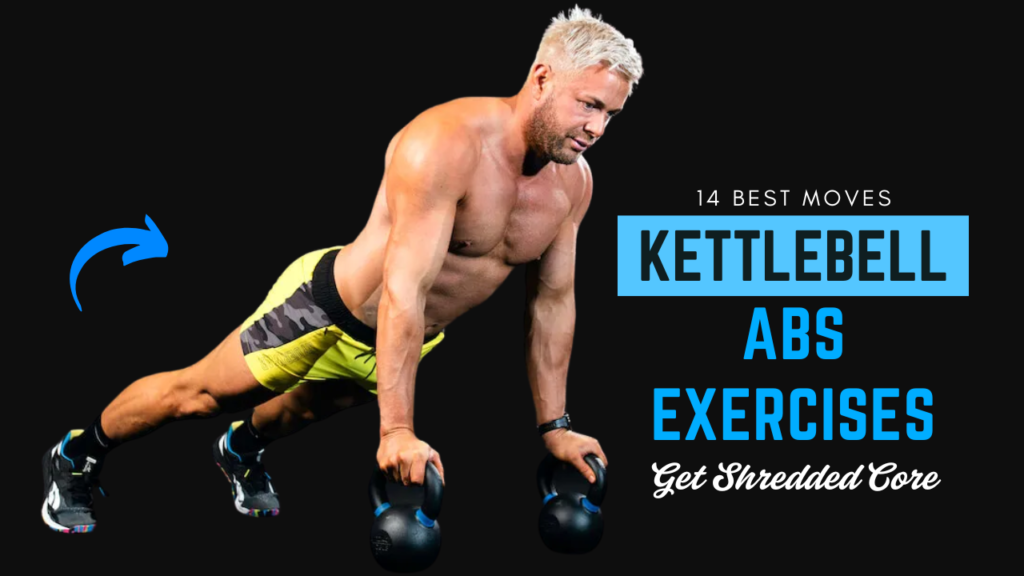
Table of Contents
What Can Happen After 30 Days of Kettlebell Abs Exercises
| Result | What It Means |
|---|---|
| Increased Core Strength | Your abs will feel tighter and more stable during everyday movements and workouts |
| Improved Muscle Definition | Visible tightening around the midsection (especially with clean eating) |
| Better Posture | Stronger abs help support your spine and improve your standing/sitting alignment |
| Enhanced Stability & Balance | Improved coordination and control in dynamic or one-sided movements |
| Reduced Lower Back Discomfort | Stronger core muscles help relieve pressure on the lumbar spine |
| Decrease in Belly Fat (if diet is aligned) | Paired with a calorie deficit, you may notice fat loss around your waistline |
| Improved Workout Efficiency | You’ll burn more calories in less time due to full-body engagement |
| Greater Mind-Muscle Connection | You’ll learn to engage your core intentionally, even outside your workouts |
| Better Functional Movement | Everyday actions like bending, twisting, or carrying things feel easier |
| Boosted Confidence & Motivation | Visible progress often sparks motivation to stay consistent and push further |
Also Read: 13 Barbell Shoulder Exercises To Gain Mass & Shape
Do’s and Don’ts of Kettlebell Abs Exercises
| Do’s | Don’ts |
|---|---|
| Start with a weight you can control | Don’t use too heavy a kettlebell right away |
| Focus on proper form and core engagement | Don’t rely on momentum to move the weight |
| Warm up your body before starting | Don’t skip warm-up, especially for your spine and shoulders |
| Breathe out during exertion (e.g., lifting or twisting) | Don’t hold your breath while doing the exercises |
| Use a mat or soft surface for floor movements | Don’t train on hard or uneven surfaces |
| Keep your spine neutral during movements | Don’t over-arch or round your lower back |
| Progress gradually with volume and intensity | Don’t rush into advanced movements too soon |
| Incorporate a mix of static and dynamic exercises | Don’t repeat the same exercises every session |
| Rest at least 48 hours between intense ab workouts | Don’t train abs hard every single day |
| Listen to your body and modify when needed | Don’t push through sharp pain or discomfort |
1. Kettlebell Russian Twist
Targets: Obliques, transverse abdominis
How to Do It:
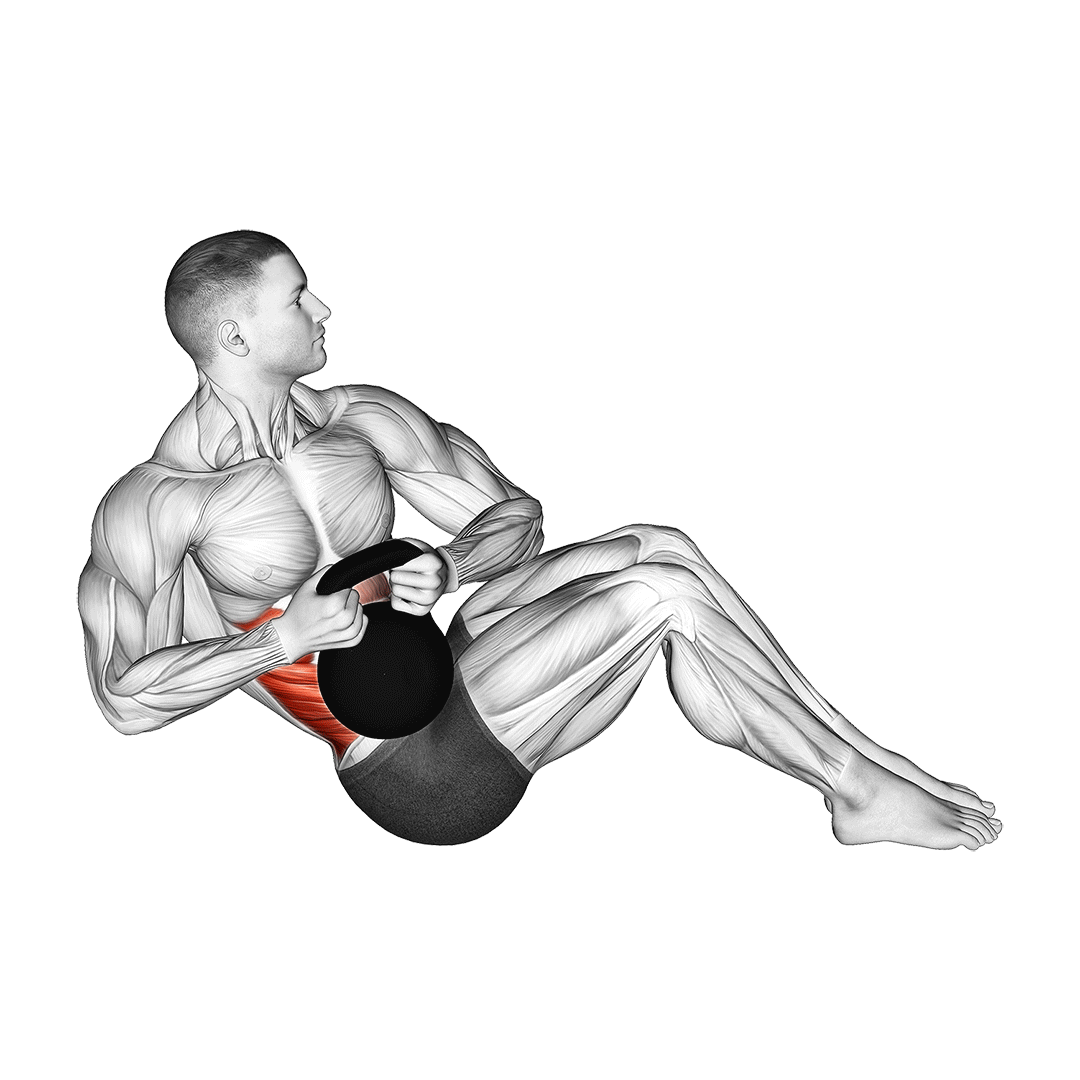
- Sit on the floor with your knees bent, holding the kettlebell close to your chest.
- Lean back slightly and lift your feet (optional for added challenge).
- Rotate your torso left and right, tapping the kettlebell beside your hip each time.
Why It Works: The rotational motion fires up your obliques and challenges balance, forcing your core to stay engaged.
Also Read: 13 Dumbbell-Only Calf Workouts to Add Volume, Strength & Shape
2. Kettlebell Windmill
Targets: Obliques, shoulders, lower back
How to Do It:
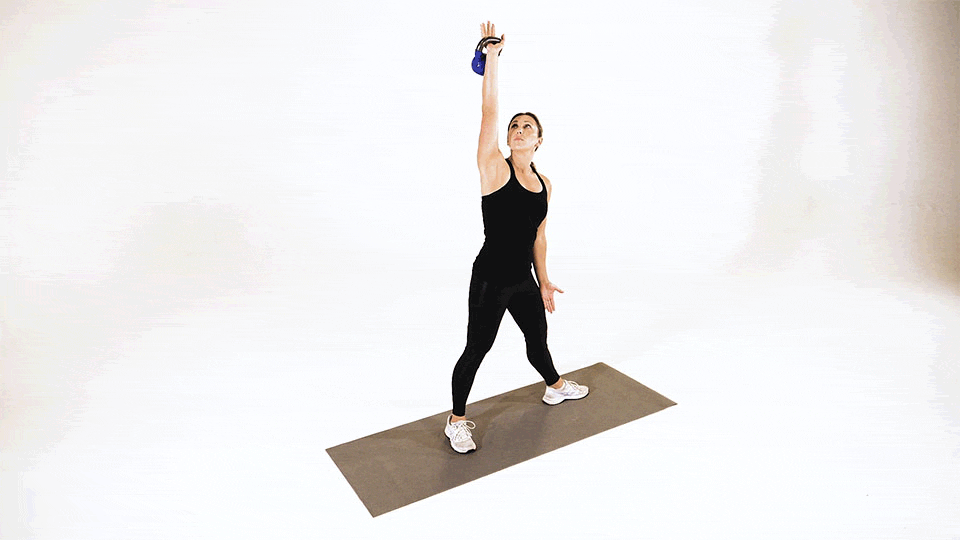
- Stand with feet slightly wider than shoulder-width.
- Hold a kettlebell overhead with one arm, and point the opposite foot out.
- Slowly hinge at the hips and lower your free hand toward the floor.
- Keep your eyes on the kettlebell as you return upright.
Myth Buster: People think heavy weights are unsafe for abs—but with proper form, they improve posture and spine health.
3. Kettlebell Turkish Get-Up
Targets: Full-body core engagement
How to Do It:
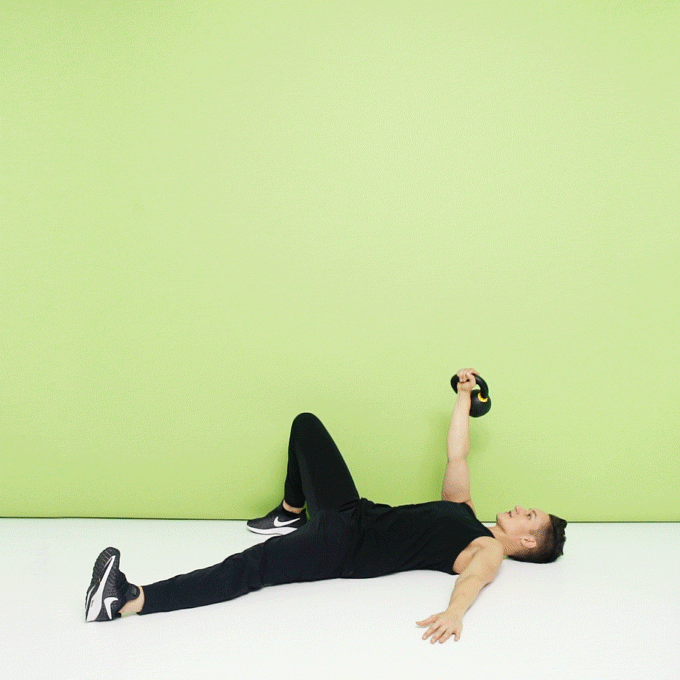
- Lie on your back, holding the kettlebell straight above your shoulder.
- Roll onto your side, then press up onto one hand.
- Drive through your foot to lift your hips and transition to standing—all while keeping the kettlebell overhead.
- Reverse the movement back down.
Core Intelligence: This move mimics real-life patterns, building strong stabilizing muscles for injury prevention.
4. Kettlebell Dead Bug Press
Targets: Lower abs, rectus abdominis
How to Do It:
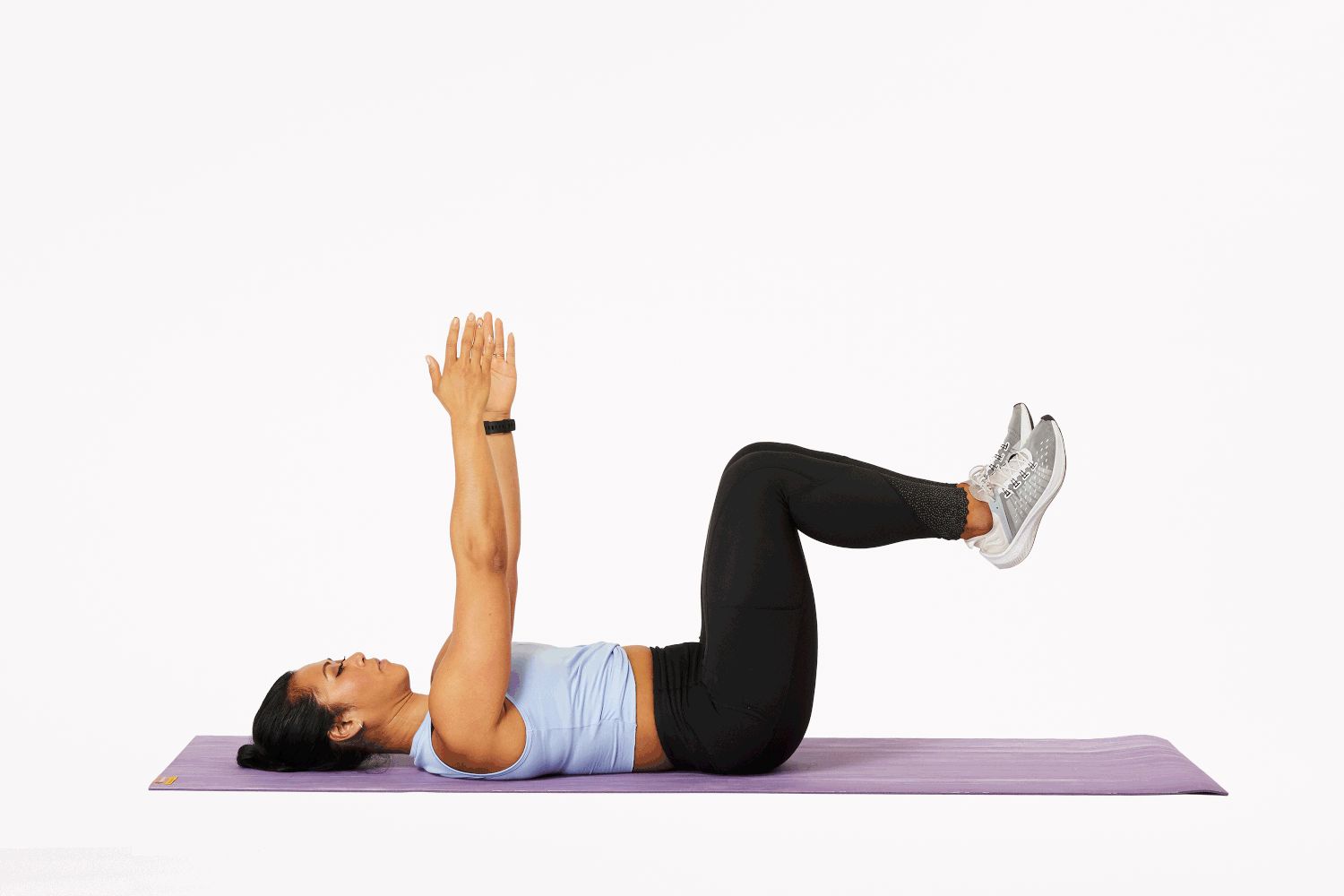
- Lie on your back, holding a kettlebell overhead with both hands.
- Lift legs to tabletop position.
- Extend one leg straight out as you press the kettlebell up.
- Return and repeat on the other side.
Why You’ll Love It: Keeps your lower back protected while targeting stubborn lower belly fat.
Also Read: 13 Dumbbell Quad Exercises That Will Make Your Thighs Strong
5. Kettlebell Plank Pull-Through
Targets: Core, shoulders, glutes
How to Do It:
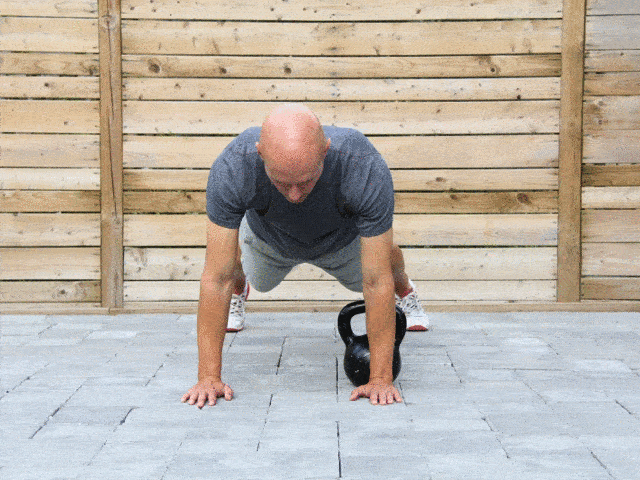
- Get into a high plank position with the kettlebell beside your left hand.
- With your right hand, reach under and drag the kettlebell to the opposite side.
- Alternate sides without shifting your hips.
Bonus: Builds anti-rotational strength—key for athletic performance and injury-proofing your spine.
6. Kettlebell Sit-Up to Press
Targets: Upper abs, shoulders
How to Do It:
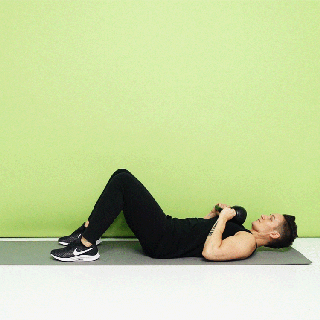
- Lie on your back with knees bent and kettlebell at your chest.
- Perform a sit-up.
- At the top, press the kettlebell overhead.
- Lower with control.
Fun Fact: Combining sit-ups with overhead pressing doubles the burn by engaging stabilizer muscles.
7. Kettlebell Halo
Targets: Obliques, shoulder mobility
How to Do It:
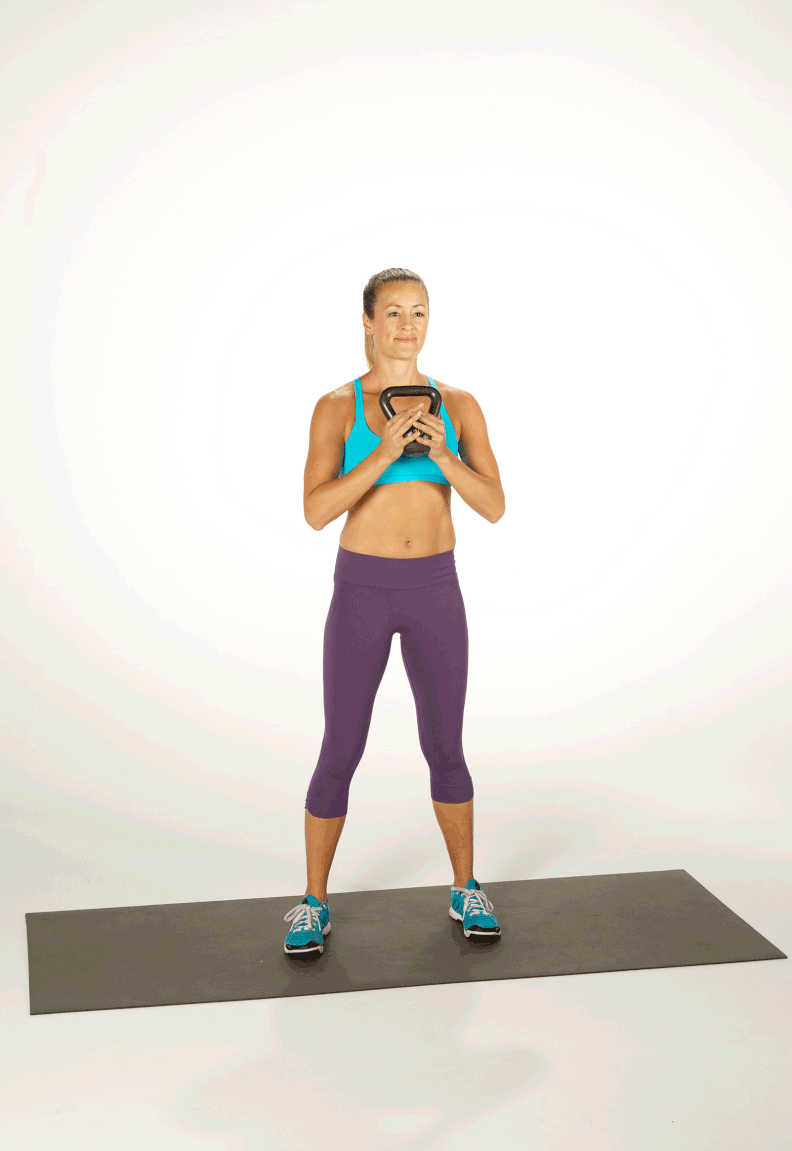
- Stand tall, holding the kettlebell by the horns upside down.
- Slowly circle the kettlebell around your head, keeping your core braced.
- Switch directions after a set.
Why It Hits Hard: Smooth rotations challenge your core in 360°—perfect for building rotational stability.
Also Read: 12 Smart Dumbbell Ab Workouts That Torch Belly Fat Fast
8. Kettlebell Figure-8 Pass
Targets: Obliques, coordination, grip strength
How to Do It:
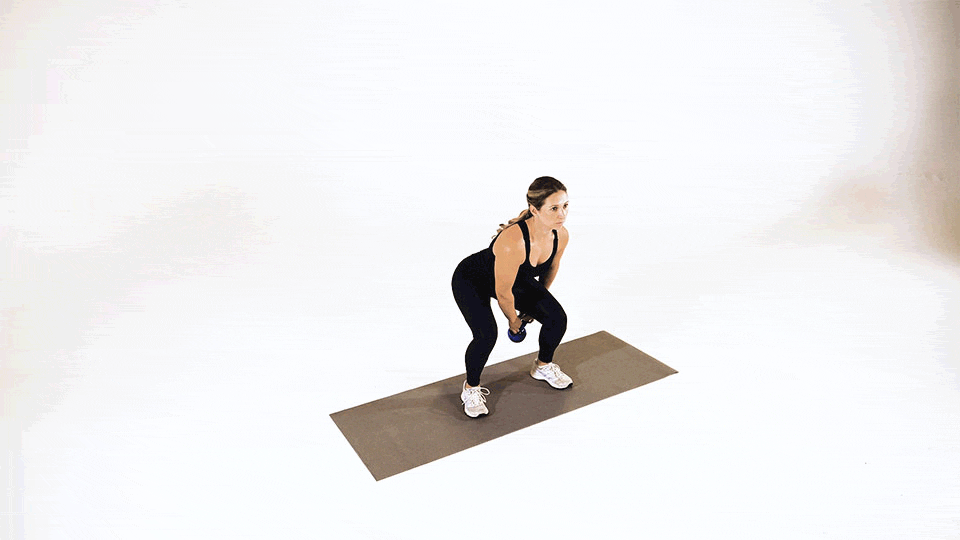
- Stand in a half-squat position.
- Pass the kettlebell in a figure-8 motion between your legs.
- Keep your chest up and core tight.
Why It Works: It’s like core training meets agility drill. Your abs work double-time to keep you stable.
9. Kettlebell Lying Leg Raise + Pullover
Targets: Lower abs, lats
How to Do It:

- Lie flat with arms overhead holding a kettlebell.
- Raise your legs while simultaneously bringing the kettlebell over your chest.
- Slowly return both to the starting position.
Double Trouble: Combines upper and lower ab activation in one seamless movement.
10. Kettlebell Side Plank Reach-Through
Targets: Obliques, transverse abdominis
How to Do It:
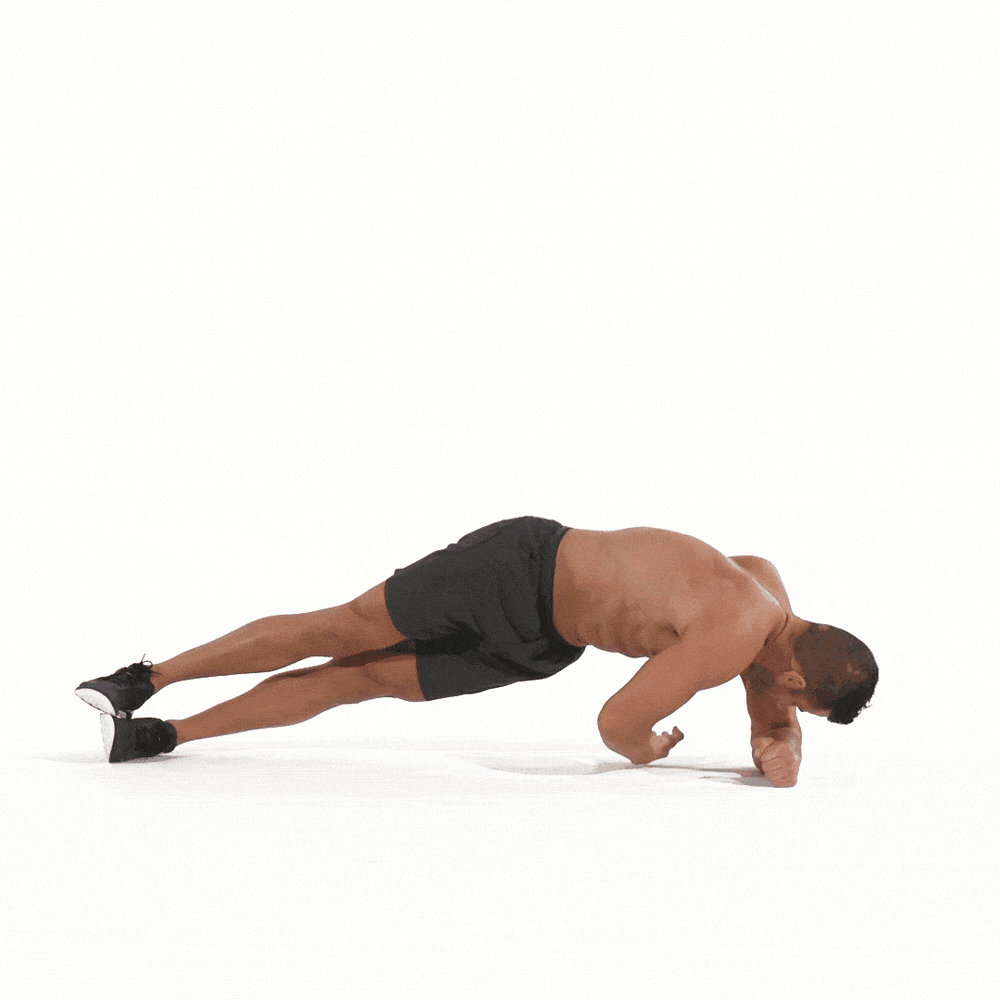
- Get into a side plank.
- Hold the kettlebell in your top hand and reach under your torso.
- Pull back up to the starting position.
Balance Boost: This move forces your core to stabilize in a challenging sideways plane.
Also Read: Build Strong, Defined Shoulders with These 10 Dumbbell Exercises
11. Kettlebell Suitcase March
Targets: QL (Quadratus Lumborum), core stabilizers
How to Do It:
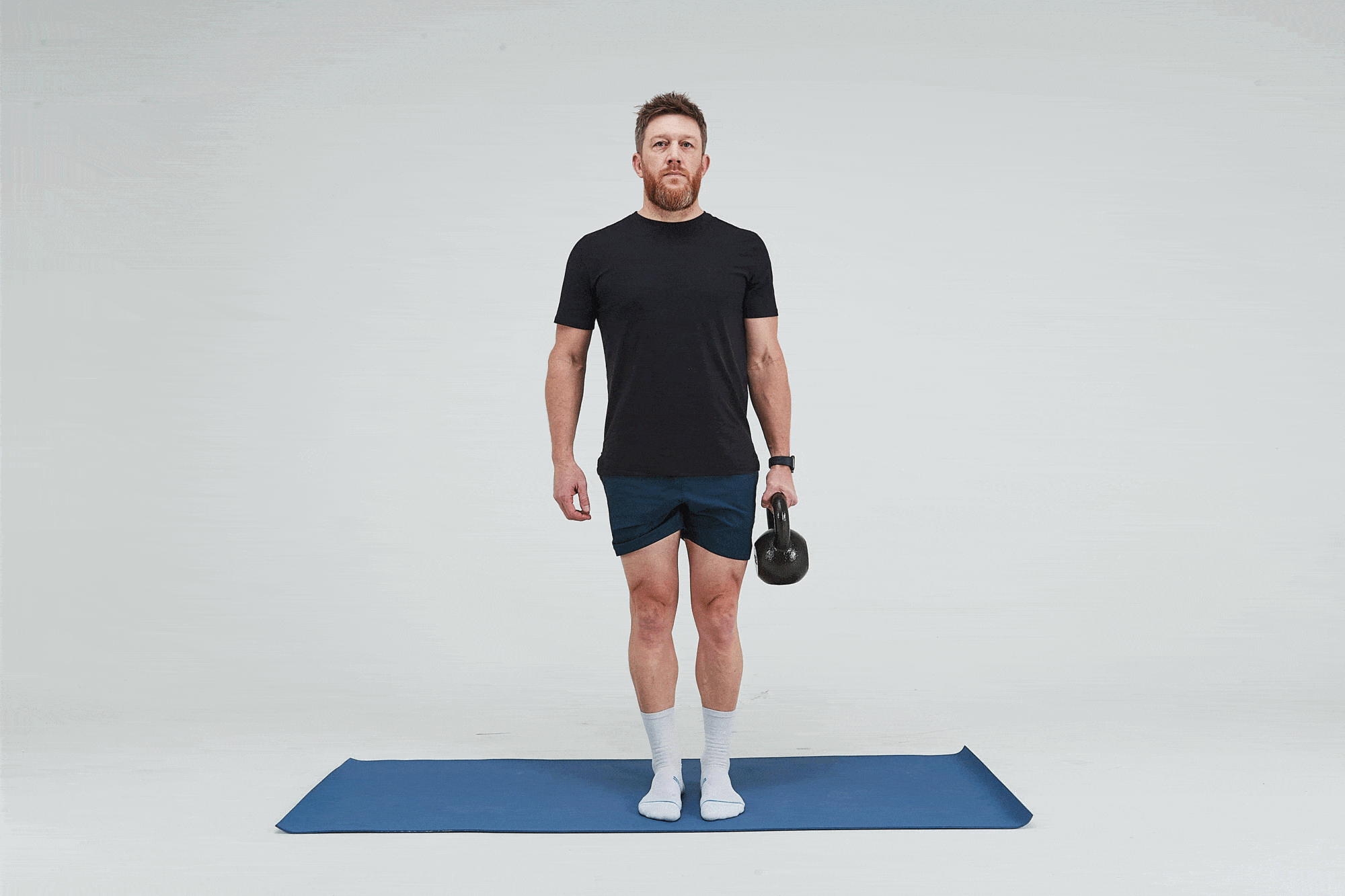
- Hold a heavy kettlebell in one hand at your side.
- Brace your core and slowly march in place.
- Switch sides after each round.
Interesting Fact: This is an anti-lean exercise—your core fights to keep you upright against the weight.
12. Kettlebell Standing Oblique Crunch
Targets: Obliques
How to Do It:
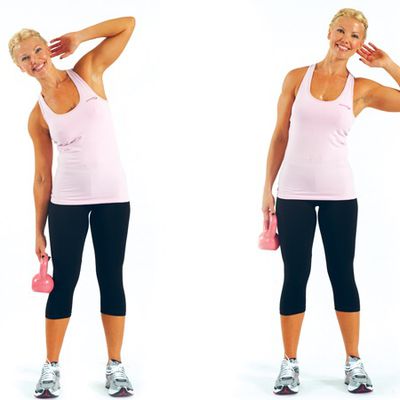
- Hold a kettlebell at your side.
- Lower your torso laterally toward the kettlebell, then return upright.
- Switch sides.
Why It Matters: Simple but effective for sculpting the waist and targeting side abs.
13. Kettlebell Overhead March
Targets: Core, shoulders, glutes
How to Do It:
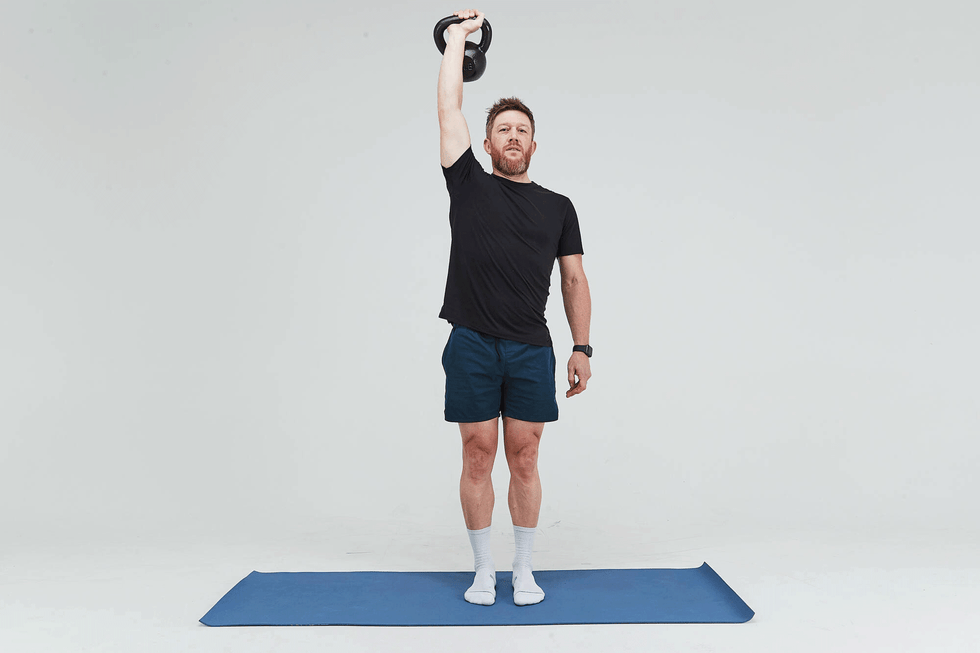
- Press a kettlebell overhead and maintain a stable core.
- Slowly march in place while keeping your ribs tucked and abs tight.
Pro Tip: If you lose your balance, your core needs more work!
Also Read: 15 Gym-Based Lower Back Exercises to Build Strength & Prevent Injury
14. Kettlebell V-Sit Hold + Pass
Targets: Entire core
How to Do It:
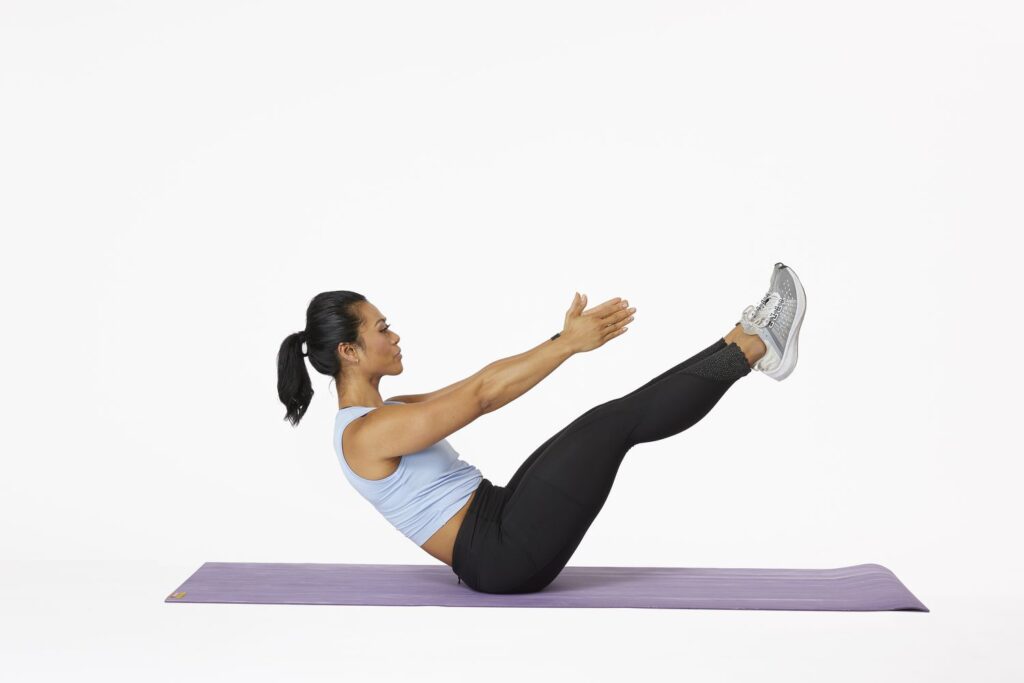
- Sit in a V-sit position holding a kettlebell.
- Pass the kettlebell around your legs, maintaining the V position.
Mind-Body Link: Enhances mental focus and endurance while targeting deep core muscles.
Final Thoughts
Kettlebell abs exercises aren’t just about looks—they’re about strength, stability, and performance. These 14 dynamic moves train your core the way it’s meant to function: in multiple planes of motion, with explosive and stabilizing power.
Whether you’re an athlete, a weekend warrior, or someone just wanting to shed stubborn belly fat and reveal strong definitions, these kettlebell core finishers are your golden ticket.
Remember: A strong core isn’t built on crunches alone—it’s built through movement, resistance, and intention.
Frequently Asked Questions (FAQs)
Can kettlebell exercises really help define abs?
Yes! Kettlebell exercises engage multiple core muscles at once—including the deep stabilizers—leading to stronger, more defined abs when combined with proper nutrition and fat loss.
Do I need a heavy kettlebell to train abs effectively?
Not necessarily. Even moderate weights can deeply activate your core if used with proper form and time under tension. Start with 8–12 kg (18–26 lbs) and increase as you gain control and strength.
How often should I do kettlebell abs workouts?
For best results, include 2–3 sessions per week. Make sure to allow 48 hours of rest between intense core workouts to promote recovery and muscle growth.
Are kettlebell ab exercises suitable for beginners?
Absolutely. Beginners can start with simple moves like Russian Twists, Halos, or Suitcase Marches, using lighter weights and progressing gradually.
Can I do kettlebell ab exercises every day?
While you can do some light core activation daily, it’s recommended to limit intense kettlebell ab sessions to 2–3 times a week to avoid overtraining and promote muscle recovery.
Do kettlebell ab exercises burn belly fat?
These exercises help build and strengthen your core muscles, but fat loss comes from a caloric deficit. Combine kettlebell workouts with cardio and a clean diet for fat loss.
Can kettlebells replace crunches completely?
Yes, and they’re often more effective. Kettlebell moves like Windmills and Get-Ups target more core muscles and improve functional strength, which crunches alone cannot provide.
Should I do kettlebell ab exercises at the start or end of my workout?
For most, end of the workout is ideal—your core is warmed up and can handle fatigue better. But for focused core sessions, they can also be done at the beginning.
What if I feel pain in my lower back during kettlebell ab workouts?
Stop immediately. This could indicate poor form, too much weight, or weak stabilizing muscles. Consider reducing the load, revisiting form, or consulting a fitness professional.
